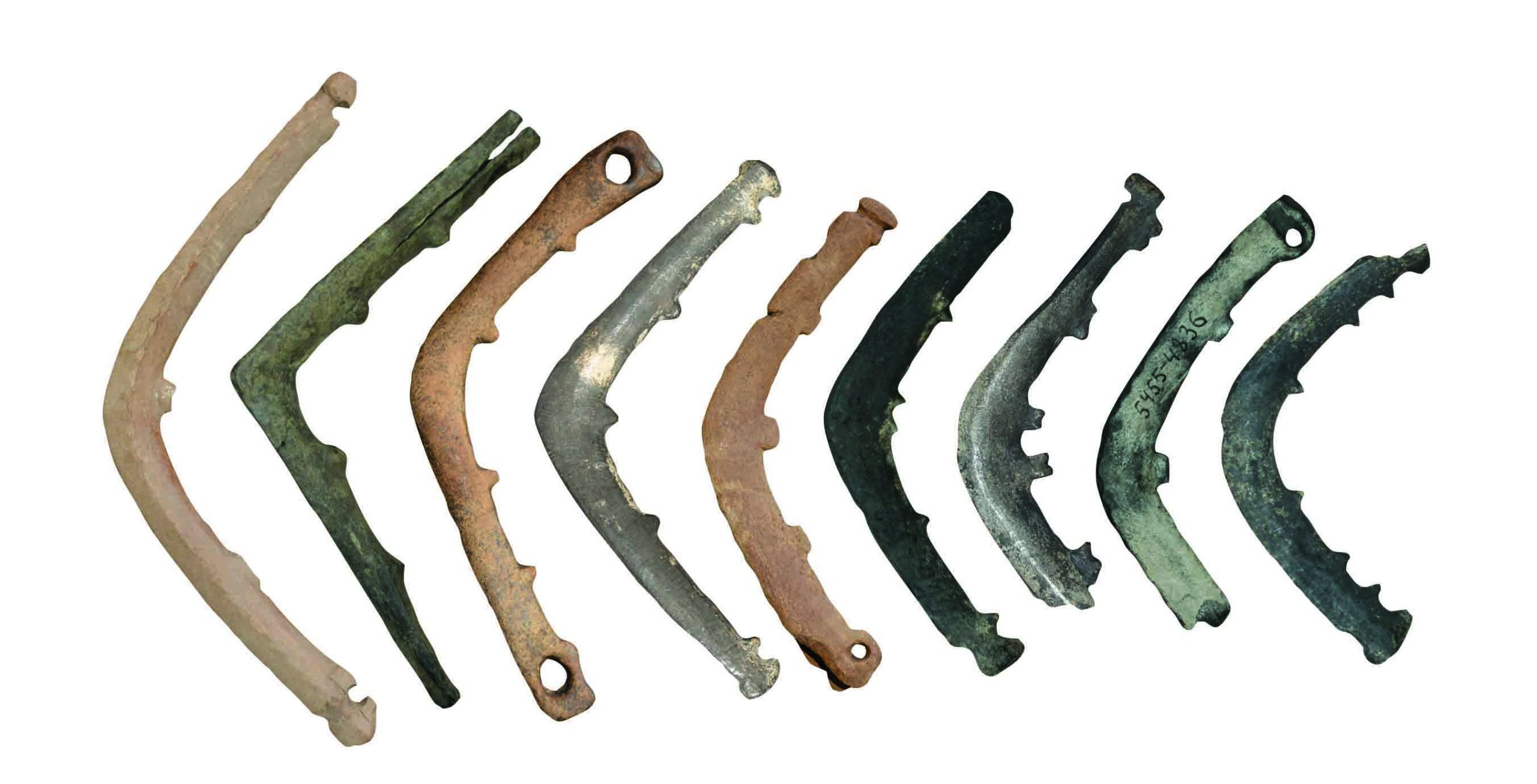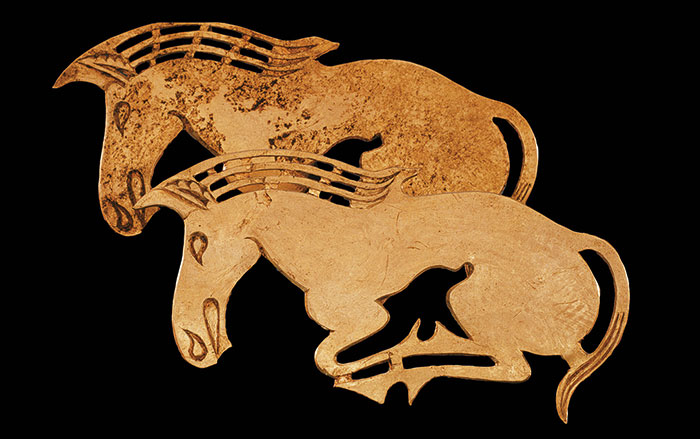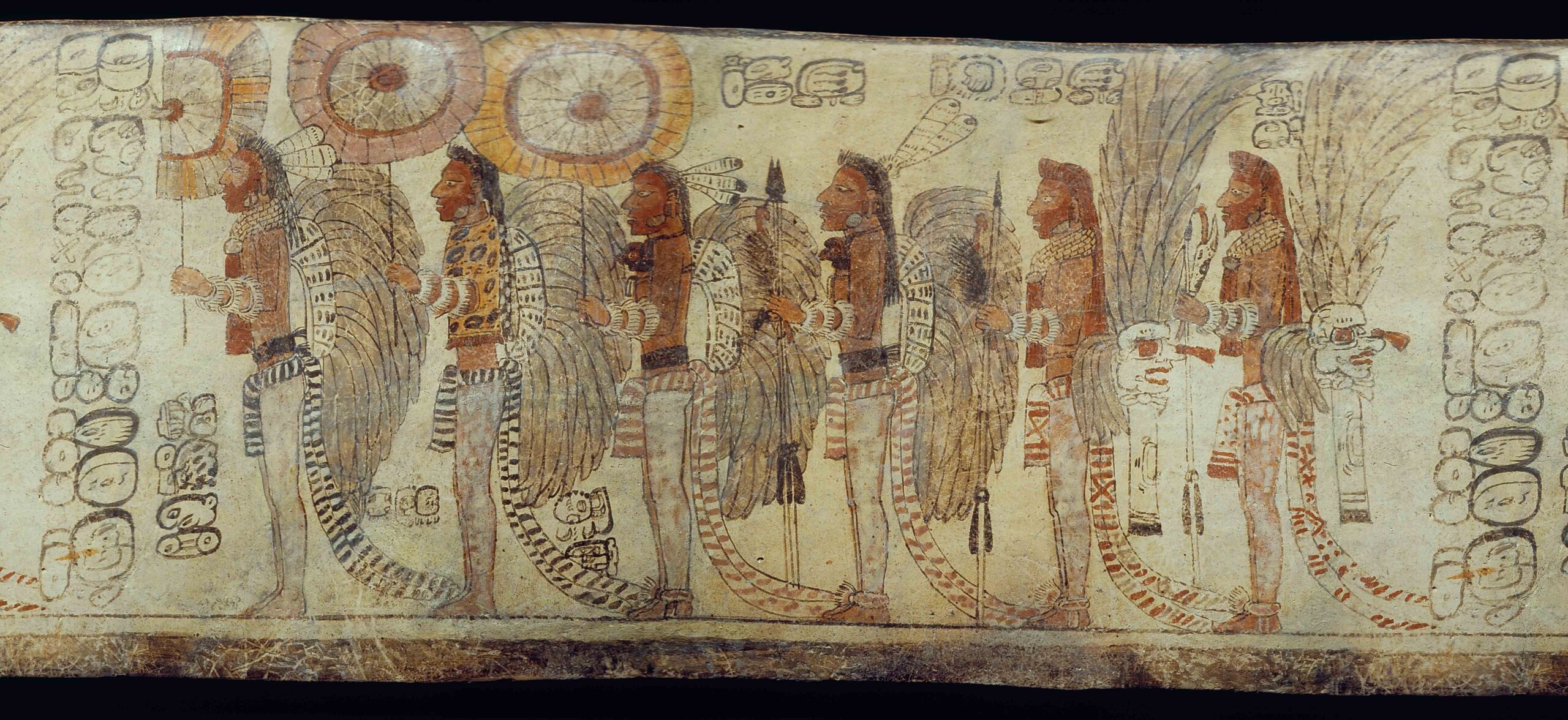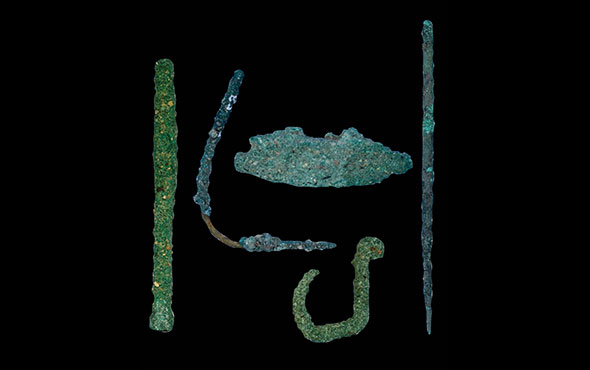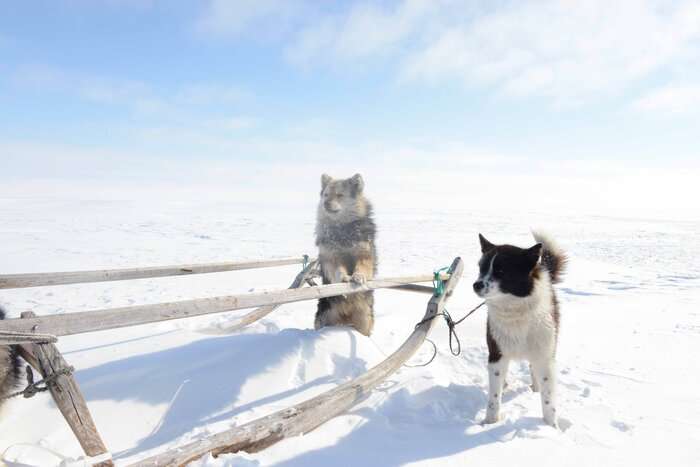
MUNICH, GERMANY—According to a statement released by Ludwig Maximilian University of Munich (LMU), a team of researchers led by Laurent Frantz of LMU and Tatiana Feuerborn of the University of Copenhagen has analyzed the genomes of 49 dogs whose remains were unearthed at archaeological sites in Siberia and Eurasia. The study found an increase of genetic material from dogs from the Eurasian steppes and Europe in Siberian dogs between the Iron Age and the medieval period. Archaeologist Robert Losey of the University of Alberta explained that dogs, like other goods uncovered at Siberian archaeological sites, could have been traded as a means of transport, as hunting partners, and even as sources of food. In contrast, human genomes in Arctic Siberia during this period remained stable, with little input from non-Arctic populations. The mixing of Siberian dogs with imported dogs may have helped the animals make the transition from serving primarily as sledding dogs to herding reindeer as Siberian populations turned to pastoralism, explained Frantz. Eventually, modern Siberian dog lineages, such as the Samoyed, emerged from this population. To read more about the archaeology of dogs, go to "More than Man's Best Friend."


